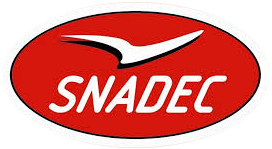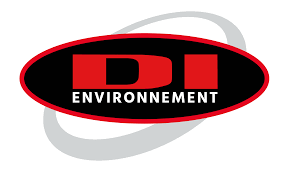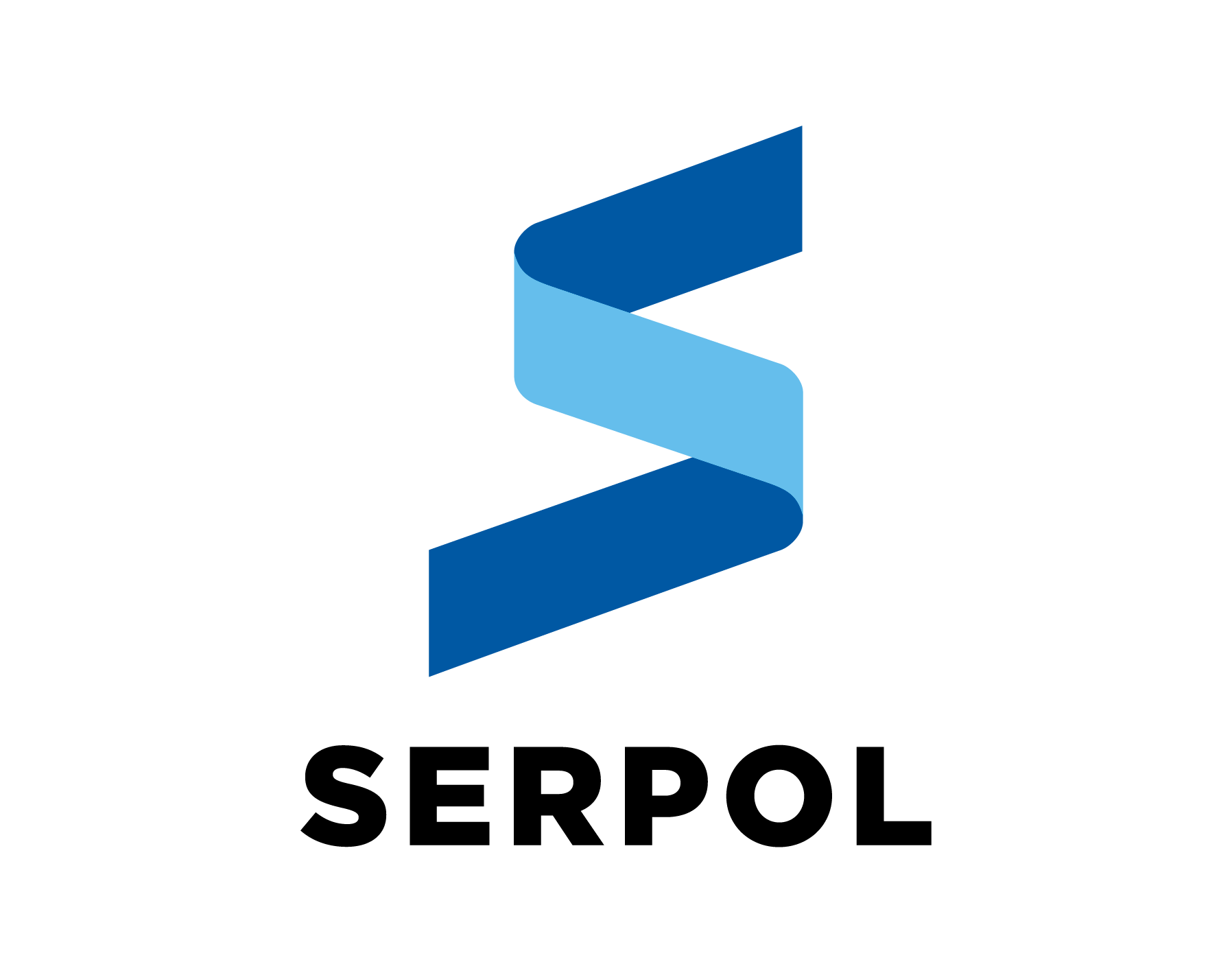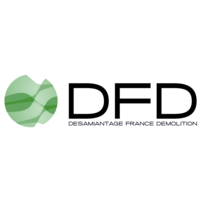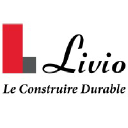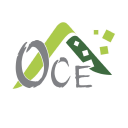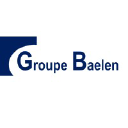Summary
The asbestos removal market in France has experienced a substantial influx of new entrants, with the number of establishments quadrupling in 2020, reaching a total of 1,000. Predominantly, 80% of asbestos removal involves asbestos-concrete across various sites. However, the sector's profitability has been challenged by stringent regulations, resulting in a decline in the gross operating surplus rate from 11% in 2011 to 6.5%.
Despite this, innovation, particularly in robotics, offers opportunities to reduce labor costs and health risks, exemplified by companies such as Arnaud Démolition and SFTP developing asbestos removal robots. The market is influenced by the construction sector, which aligns with the rising trend of urban renewal and the need to upgrade older industrial sites. In the wake of the COVID-19 pandemic, a 20% decline in the market was estimated for 2020; however, a swift recovery was anticipated in 2021.
The industry includes a range of players from major construction groups like Vinci, Bouygues, and Eiffage, to leading environmental services such as Veolia and Suez, and specialist asbestos removal corporations such as Snadec and DI Environnement. With the market achieving maturity and a valuation around €1 billion, it is poised to stabilize, although many buildings still require asbestos removal.
Trends and Dynamics in the Asbestos Removal Market
In recent years, the asbestos removal market in France has experienced significant growth and evolution with new entrants quadrupling the number of establishments in 2020. The market, now hosting around a thousand establishments, operates within a highly regulated landscape due to the hazardous nature of asbestos. Asbestos, a harmful silicate mineral, presents notable health risks, especially in buildings constructed before its ban. Asbestos removal services are exhaustive and stringent, requiring dust removal, containment, extraction, quality control, and waste destruction.
However, the booming market is facing threats to profitability; companies have seen their gross operating surplus drop from approximately 11% to just over 6% in a span of seven years. The introduction of tighter legislation has increased operating costs through certification, protection, and training without a commensurate rise in charges to customers—eroding margins in the process.
Innovation is a beacon of hope for the market. Asbestos removal robots are a particular point of interest, with the potential to revolutionize the industry by reducing labor costs and health risks. The adoption of Building Information Modeling (BIM) is also enhancing the design, supervision, and execution of works. From an industry perspective, the construction and industrial sectors are the primary consumers of asbestos removal services, accounting for half and a quarter of the activity, respectively. The need for asbestos removal is further underscored by local initiatives to rehabilitate urban spaces and by the industry's drive to upgrade old production sites. The market is tied to the construction sector, as indicated by the congruent growth patterns between asbestos removal services and the construction industry.
Moreover, asbestos removal has benefited from new segments such as ship and train dismantling. France has started tapping into these domains with projects to dismantle military submarines and old train models, bolstered by the prospect of robotic and eco-friendly technologies. The asbestos removal market is relatively mature, forecast to stabilize around a turnover of approximately one billion euros.
Despite the apparent plateau, the potential remains untapped—many buildings still await asbestos abatement. Regulatory changes and COVID-19 notwithstanding, the market is on a trajectory for a comeback, aligning itself with the broader restoration and reconstruction trend. As for the segmentation of industry players, it's a mix of large construction groups, environmental service leaders, and specialized asbestos removal enterprises. Vinci, a major construction group, boasts a turnover of over 45 billion euros, while specialized players like Snadec and DI Environnement show.
Diverse Spectrum of Market Leaders in Asbestos Removal
The landscape of the asbestos removal market is an intricate network of companies ranging from colossal construction groups to specialized asbestos removal firms. Each one plays a critical role in shaping the industry, navigating stringent regulations, and pushing the boundaries through innovation.
Construction and Infrastructure
Titans At the zenith of the market structure are the behemoths of construction and infrastructure: Vinci, Bouygues, and Eiffage. These conglomerates are not just limited to constructing edifices but are deeply intertwined with the asbestos removal niche. Their extensive resources allow them to tackle large-scale projects that often involve comprehensive asbestos eradication components. Their dominance in the construction sector offers a seamless integration of asbestos removal services, fostering trust and reliability among clients in need of full-spectrum construction and rehabilitation solutions.
Environmental Stewards and Service Providers
Charting environmental sustainability and waste management, Veolia and Suez have made a formidable entry into the asbestos removal market. Their foray pivots on their core competencies in environmental services, ranging from waste management to water treatment. Their entry into asbestos removal is a natural extension of their commitment to environmental health and safety. Leveraging their global presence and expertise, these leaders contribute significantly to advancing safe decontamination practices and advocating for responsible waste disposal.
Pure-Play Asbestos Removal Specialists
The market also celebrates pure-play specialists like Snadec, DI Environnement, Serpol, Wig France Entreprises, and DFD. These companies offer tailored services and exhibit a razor-sharp focus on asbestos decontamination, positioning themselves as experts in this niche area. Their dedication to this hazardous material allows them to develop cutting-edge techniques, operate with high efficiency, and ensure compliance with stringent health and safety standards. These specialists operate with a deep understanding of asbestos abatement complexities and often become the go-to choice for projects requiring meticulous attention to asbestos-related challenges. Each category of player brings its own set of strengths and expertise, crafting a market that is rich with options and solutions tailored to varying asbestos removal needs.
Together, these key players create a solid foundation for the market, drive transformation through technological advancements, and ensure the safety and well-being of environments contaminated with asbestos.
to understand this market
Detailed content
 Inforamtion
Inforamtion
- Number of pages : 30 pages
- Format : Digital and PDF versions
- Last update : 04/11/2021
 Summary and extracts
Summary and extracts
1 Market overview
1.1 Introduction and scope of activity
The asbestos removal means the activity of removing asbestos in a building (collective and individual residential buildings, warehouses, factories and offices) as well as on the vehicles (trains and ships). Because of the health risks associated with the development of asbestos, asbestos removal is strictly regulated in France and throughout the world
Asbestos comes in many forms and appears on materials such as mortar, plaster, slab, roofing, bitumen or partitions. To remove asbestos from spaces and buildings, several steps keys are necessary: dust removal, containment, asbestos extraction, quality control and destruction of waste
The asbestos removal market in France is reaching maturity with a multiplicity of actors market players: construction industry players (Vinci, Bouygues) work alongside asbestos removal and site rehabilitation specialists, as well as site maintenance/improvement and deconstruction groups. Ancillary activities enable engineering groups and diagnostic specialists to carve out a place for themselves in certain market niches. As a result, players are trying to penetrate new adjacent market segments such as nuclear dismantling or asbestos removal for vehicles: this is the case of Vinci through its NAOM entity.
I mean, come on, innovation is key to the market with the rise of the robots asbestos removers and digital to simplify on-site diagnosis. The future challenge will be to succeed in combining the different professions and to tame digital and technological methods in order to survive in a market that still has a lot of potential.
 List of charts
List of charts
- Entreprises enregistrées sous le code 39.00Z
- Principaux types de matériaux traités
- Taux d'excédent brut d'exploitation (EBE) des entreprises de désamiantage
- Répartition des types de chantiers recourant au désamiantage
- Répartition des lieux traités entre intérieur et extérieur
All our studies are available online in PDF format
Take a look at an example of our research on another market!
Latest news
Companies quoted in this study
This study contains a complete overview of the companies in the market, with the latest figures and news for each company. :
 Choosing this study means :
Choosing this study means :
Access to more than 35 hours of work
Our studies are the result of over 35 hours of research and analysis. Using our studies allows you to devote more time and added value to your projects.
Benefit from 6 years' experience and over 1,500 industry reports already produced
Our expertise enables us to produce comprehensive studies in all sectors, including niche and emerging markets.
Our know-how and methodology enable us to produce reports that offer unique value for money.
Access to several thousand articles and paid-for data
Businesscoot has access to all the paid economic press as well as exclusive databases to carry out its market research (over 30,000 articles and private sources).
To enhance our research, our analysts also use web indicators (semrush, trends, etc.) to identify market trends and company strategies. (Consult our paying sources)
Guaranteed support after your purchase
A team dedicated to after-sales service, to guarantee you a high level of satisfaction. +44 238 097 0676
A digital format designed for our users
Not only do you have access to a PDF, but also to a digital version designed for our customers. This version gives you access to sources, data in Excel format and graphics. The content of the study can therefore be easily retrieved and adapted for your specific needs.
 Our offers :
Our offers :
the asbestos removal market | France
- What are the figures on the size and growth of the market?
- What is driving the growth of the market and its evolution?
- What is the positioning of companies in the value chain?
- Data from several dozen databases
Pack 5 études (-15%) France
- 5 études au prix de 75,6€HT par étude à choisir parmi nos 800 titres sur le catalogue France pendant 12 mois
- Conservez -15% sur les études supplémentaires achetées
- Choisissez le remboursement des crédits non consommés au terme des 12 mois (durée du pack)
Consultez les conditions du pack et de remboursement des crédits non consommés.






 Veolia's plan for growth in energy - 13/01/2024
Veolia's plan for growth in energy - 13/01/2024
 Citeo and Suez start up France's second plastic packaging sorting facility - 28/10/2023
Citeo and Suez start up France's second plastic packaging sorting facility - 28/10/2023
 Valgo to extract perfluorinated pollutants - 30/08/2023
Valgo to extract perfluorinated pollutants - 30/08/2023
